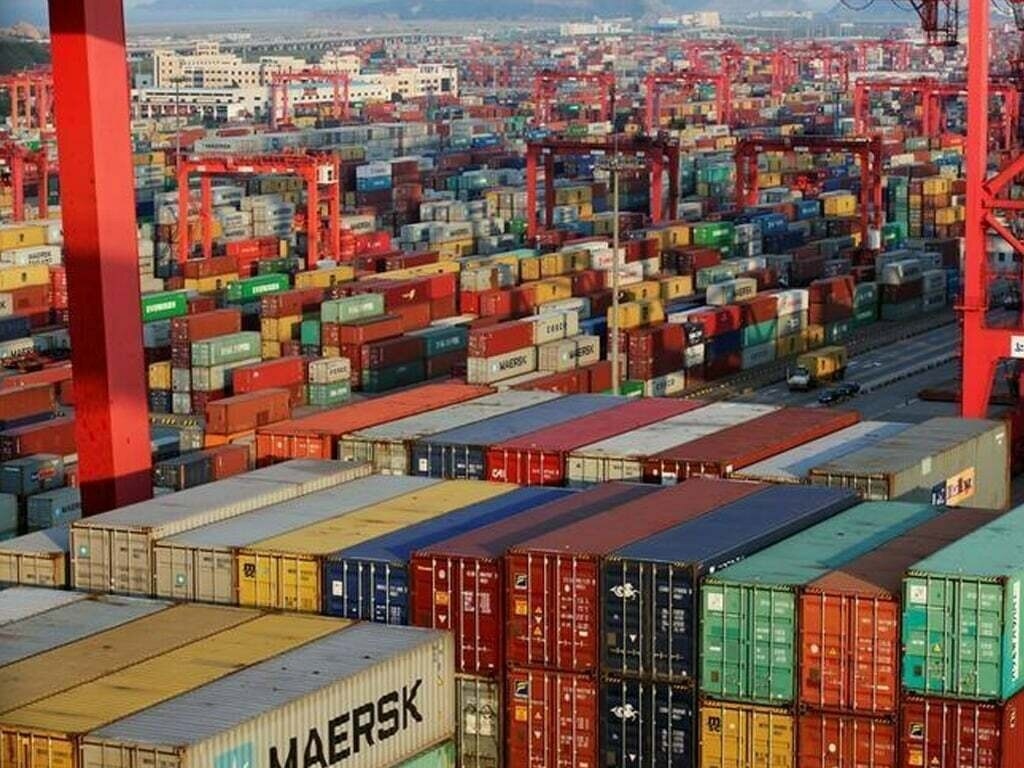The United States is keenly following and negotiating for the Trans-Pacific Partnership Agreement (TPP) with 11 other Asia-Pacific countries including Australia, Brunei Darussalam, Canada, Chile, Japan, Malaysia, Mexico, New Zealand, Peru, Singapore, and Vietnam. When the trade agreement gets through, it is expected to open markets, set high-standard trade rules, and address 21st-century issues in the global economy apart from boosting employment prospects in the United States and across the Asia-Pacific region.
The TPP agreement would open wide opportunities for American manufacturers, workers, service providers, farmers, and ranchers – to support job creation and wage growth. The government is working hard to ensure that TPP will be a comprehensive deal, providing new and meaningful market access for goods and services; strong and enforceable labour standards and environmental commitments; groundbreaking new rules designed to ensure fair competition between state-owned enterprises (SOEs) and private companies; commitments that will improve the transparency and consistency of the regulatory environment to make it easier for small- and medium-sized businesses to operate across the region.
It will also provide a robust intellectual property (IP) rights framework to promote innovation, while supporting access to innovative and generic medicines and an open Internet; and obligations that will promote a thriving digital economy, including new rules to ensure the free flow of data.
US textile and apparel manufacturers sold more than $10 billion worth of products to TPP countries in 2013, an increase of 5.4 percent from the previous year. Many US yarns, fabrics, and apparel currently face tariffs as high as 20 per cent upon entering some TPP countries. Through TPP negotiations, these tariff and non-tariff barriers to textile and apparel exports will be eliminated to enhance the competitiveness of producers in the Asia-Pacific region.











